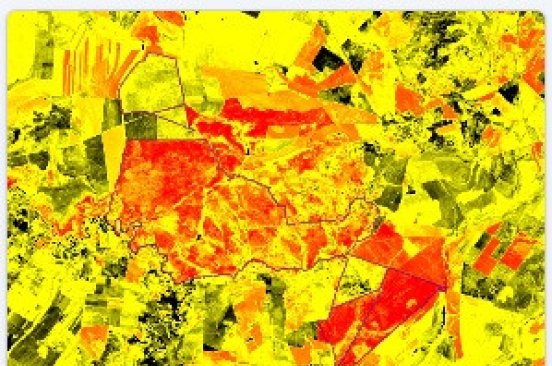
Cómo utilizar LiDAR para la identificación de fosas clandestinas en Jalisco, México
A partir de información sobre los efectos de la descomposición en el suelo, se implementó tecnología avanzada para optimizar los procesos de búsqueda.
March 14th, 2025
Flying Labs, en coordinación con la Comisión Estatal de Búsqueda de Personas Desaparecidas de Jalisco (COBUPEJ), llevó a cabo experimentos para mejorar la identificación de fosas clandestinas en el estado. A partir de información científica sobre los efectos de la descomposición en el suelo y su entorno, se implementó tecnología avanzada para optimizar los procesos de búsqueda.
Mediante el uso de drones y sensores LiDAR, se emplea un sistema láser para medir distancias y generar mapas 3D del terreno. Esta tecnología permite capturar con precisión detalles como hundimientos, montículos y otras anomalías del suelo, facilitando la detección de posibles sitios de inhumación clandestina de manera más rápida y eficiente.


Los primeros análisis con esta técnica se realizaron el 21 y 22 de febrero de 2025, en coordinación con el GeoLab del Departamento de Economía de la IBERO. En esta iniciativa también participan el Centro Transdisciplinar Universitario para la Sustentabilidad (CENTRUS) y el Centro de Investigación en Ciencias de Información Geoespacial de la Secretaría de Ciencia, Humanidades, Tecnología e Innovación (CentroGeo).
Esta investigación multidisciplinaria, iniciada en 2023, se inspira en el conocimiento acumulado por colectivos de búsqueda. Los primeros hallazgos han sido recopilados en el libro Interpretar la naturaleza para encontrar a quienes nos faltan: Ciencias biológicas, físicas y de la tierra aplicadas a la detección de inhumaciones clandestinas (disponible aquí https://tinyurl.com/3yntz4be).
_____________________________________________________________________________________
How to Use LiDAR for the Identification of Clandestine Graves in Jalisco, México
Mexico Flying Labs, in collaboration with the State Commission for the Search of Missing Persons in Jalisco (COBUPEJ), has conducted experiments to enhance the identification of clandestine graves in the region. By leveraging scientific knowledge on the effects of decomposition on soil and its surroundings, advanced technology has been implemented to optimize search processes.
Using drones equipped with LiDAR sensors, laser technology is applied to measure distances and generate 3D terrain maps. This allows for the precise detection of features such as sinkholes, mounds, and other ground anomalies, enabling a faster and more efficient identification of potential burial sites.


The first analyses using this technique were conducted on February 21 and 22, 2025, in coordination with the GeoLab at the Department of Economics of IBERO University. This initiative also involves the Transdisciplinary University Center for Sustainability (CENTRUS) and the Research Center for Geospatial Information Sciences at the Secretariat of Science, Humanities, Technology, and Innovation (CentroGeo).
This multidisciplinary research, launched in 2023, draws inspiration from the knowledge accumulated by search collectives. The initial findings have been compiled in the book Interpretar la naturaleza para encontrar a quienes nos faltan: Ciencias biológicas, físicas y de la tierra aplicadas a la detección de inhumaciones clandestinas (available here: https://tinyurl.com/3yntz4be).
Category(s)
Location(s)
Recent Articles
View All »

Wildfire Assessment and Web Application in Sao Paulo


